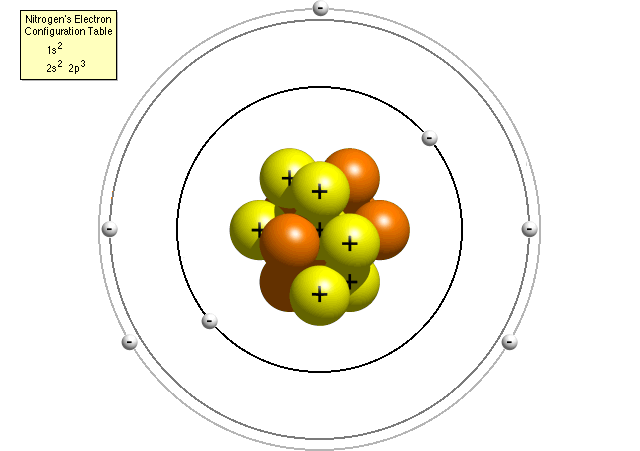- Precision: how reproducible a measurement is compared to other similar measurements.
- Accuracy: how close the measurement (for average measurement) comes to the accepted or real value.
-No measurement is exact. Every measurement is only a best estimate which has some degree of uncertainty.
-Only when e count a set of objects do we get an exact number, for example, a class of 28 students.
Absolute Uncertainty
-The uncertainty expressed in the units of measurement, not as a ratio.
METHOD 1 Make at least 3 measurements. Calculate the average, The absolute uncertainty is the largest difference between the average and the lowest or highest resaonable measurements (ie discard unreasonable data first).
METHOD 2 Determine the uncertainty of each instrument.When making a measurement, always measure to the best precision that you can. Therefore, you shouild estimate to a fraction 0.1 fo the smallest segment on the instrument scale.
On your ruler the smallest division is 1mm. Your best precision should be to break this into 10 equal pieces or 0.1mm.
Relative Uncertainty and Significant Figures
Relative uncertainty=Absolute uncertaitny/Estimated measurementRelative Uncertainty Can Be Expressed:
i) in precent (%)
ii) or using significant figures






